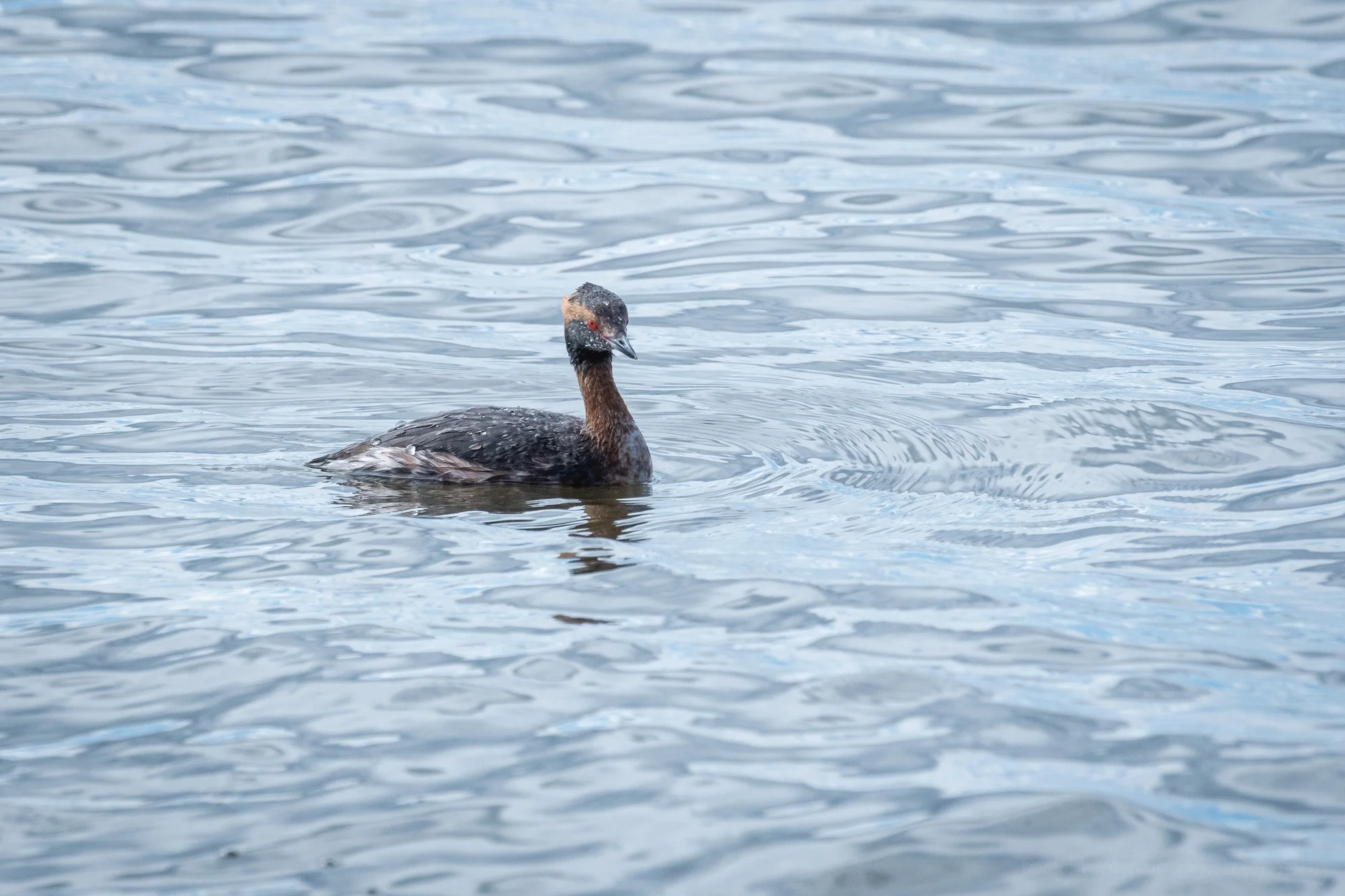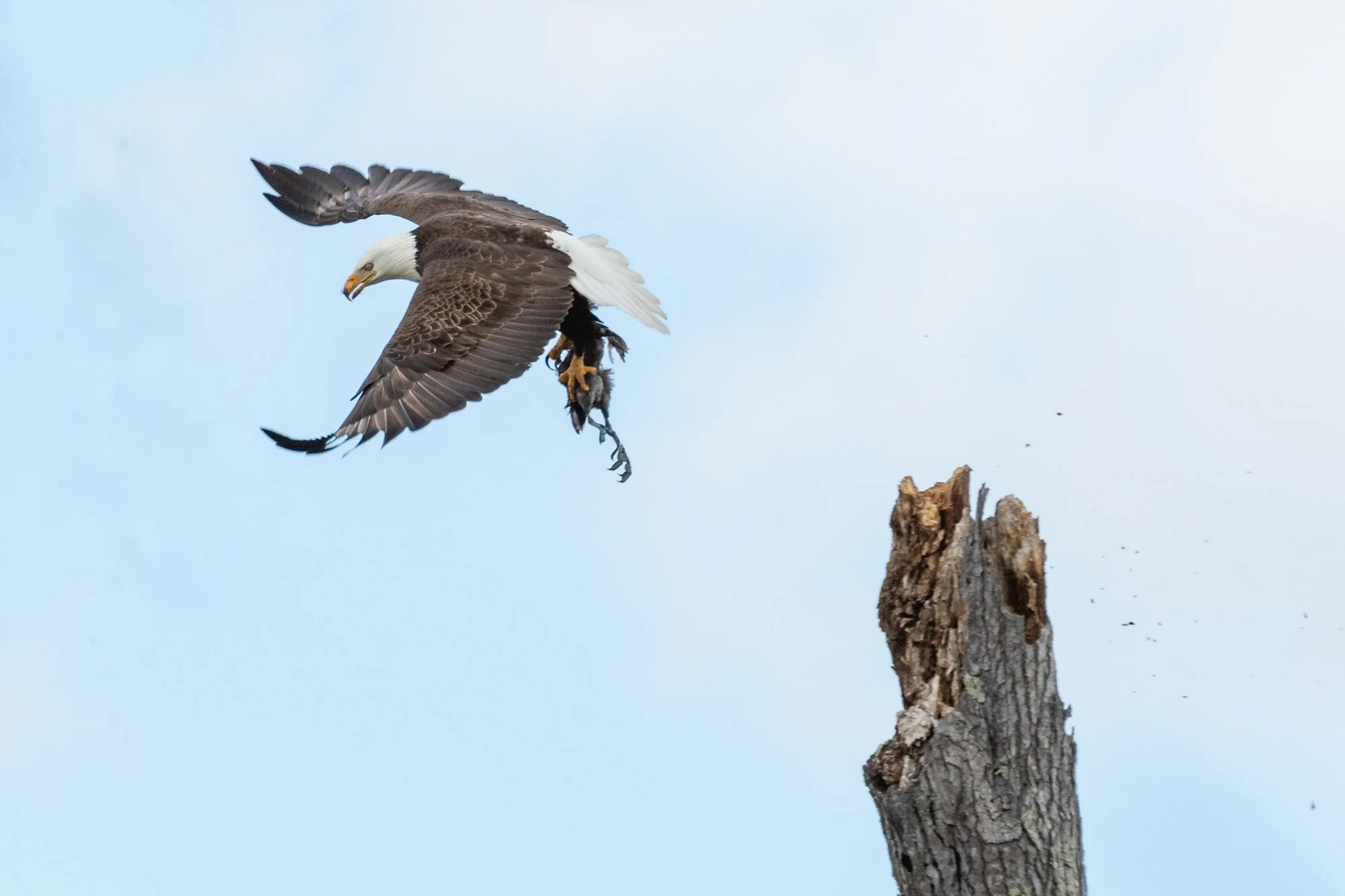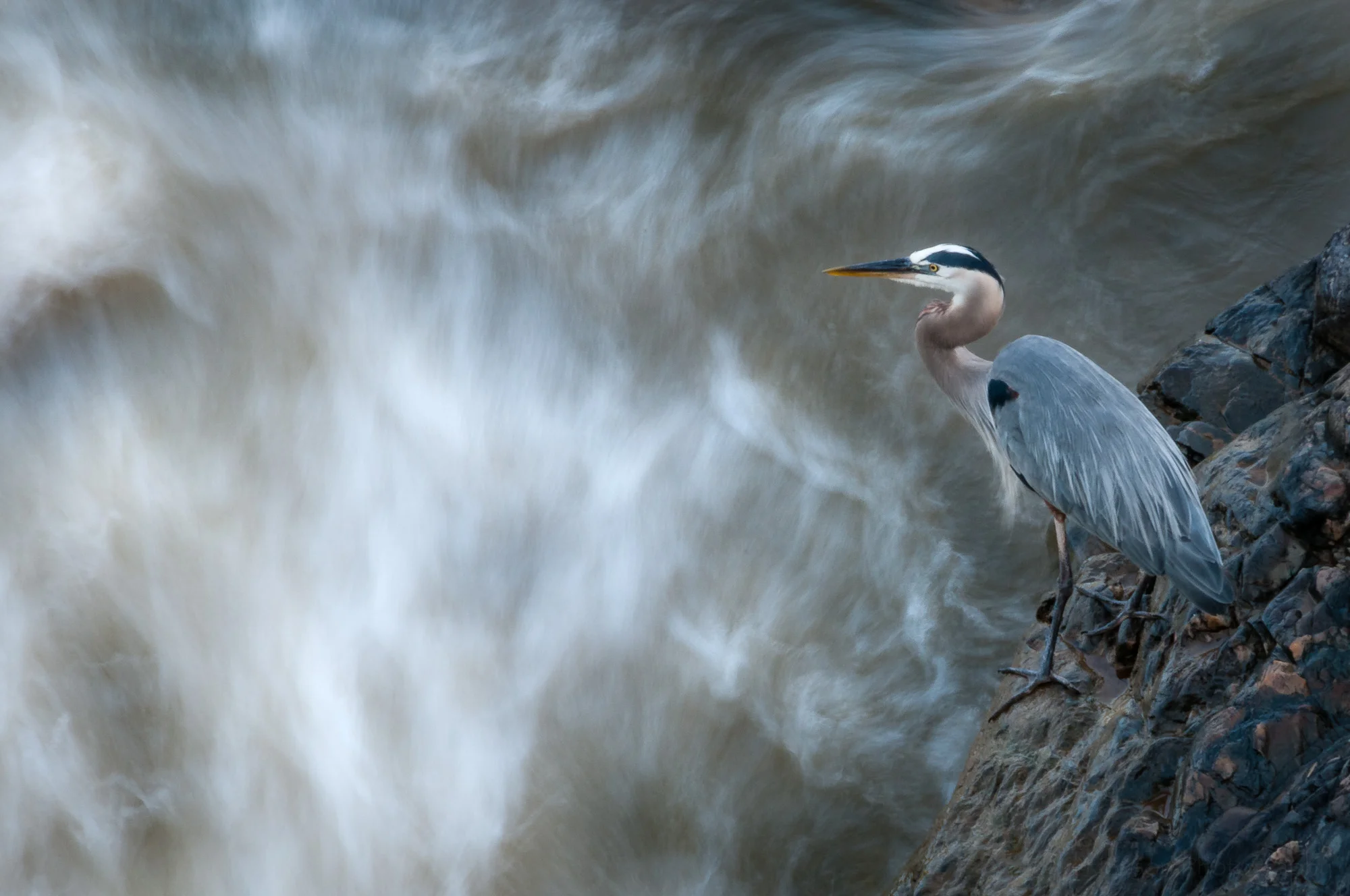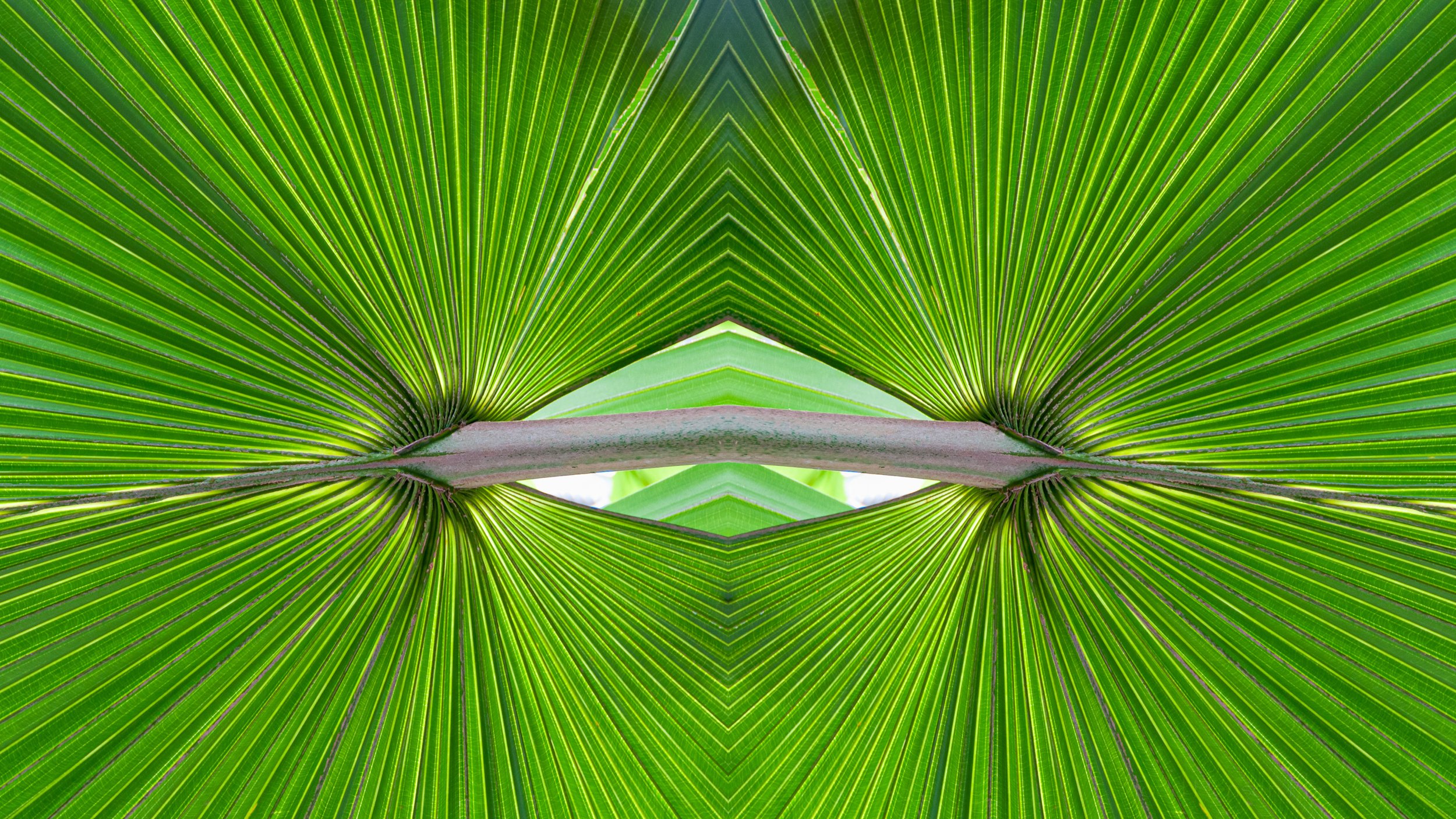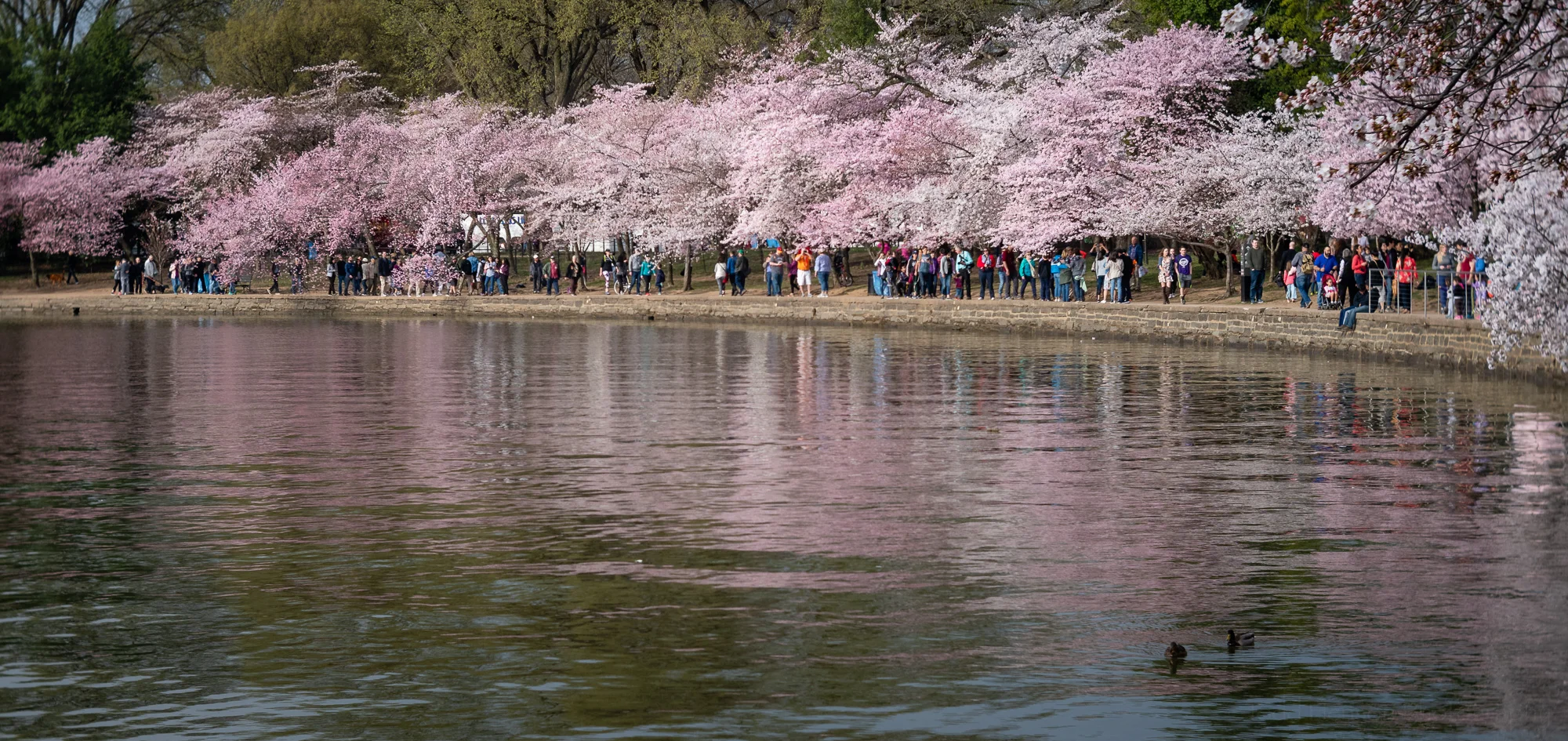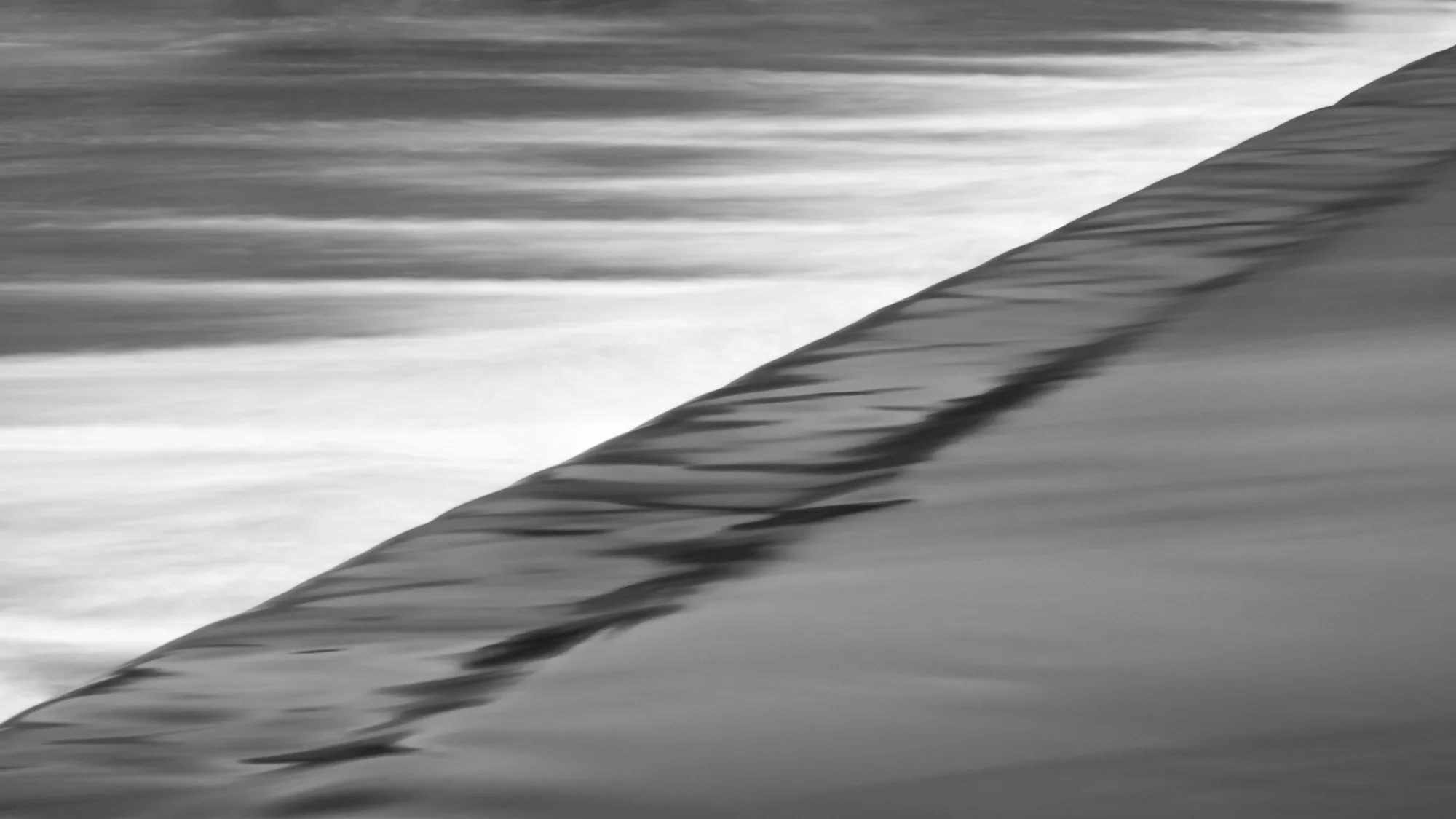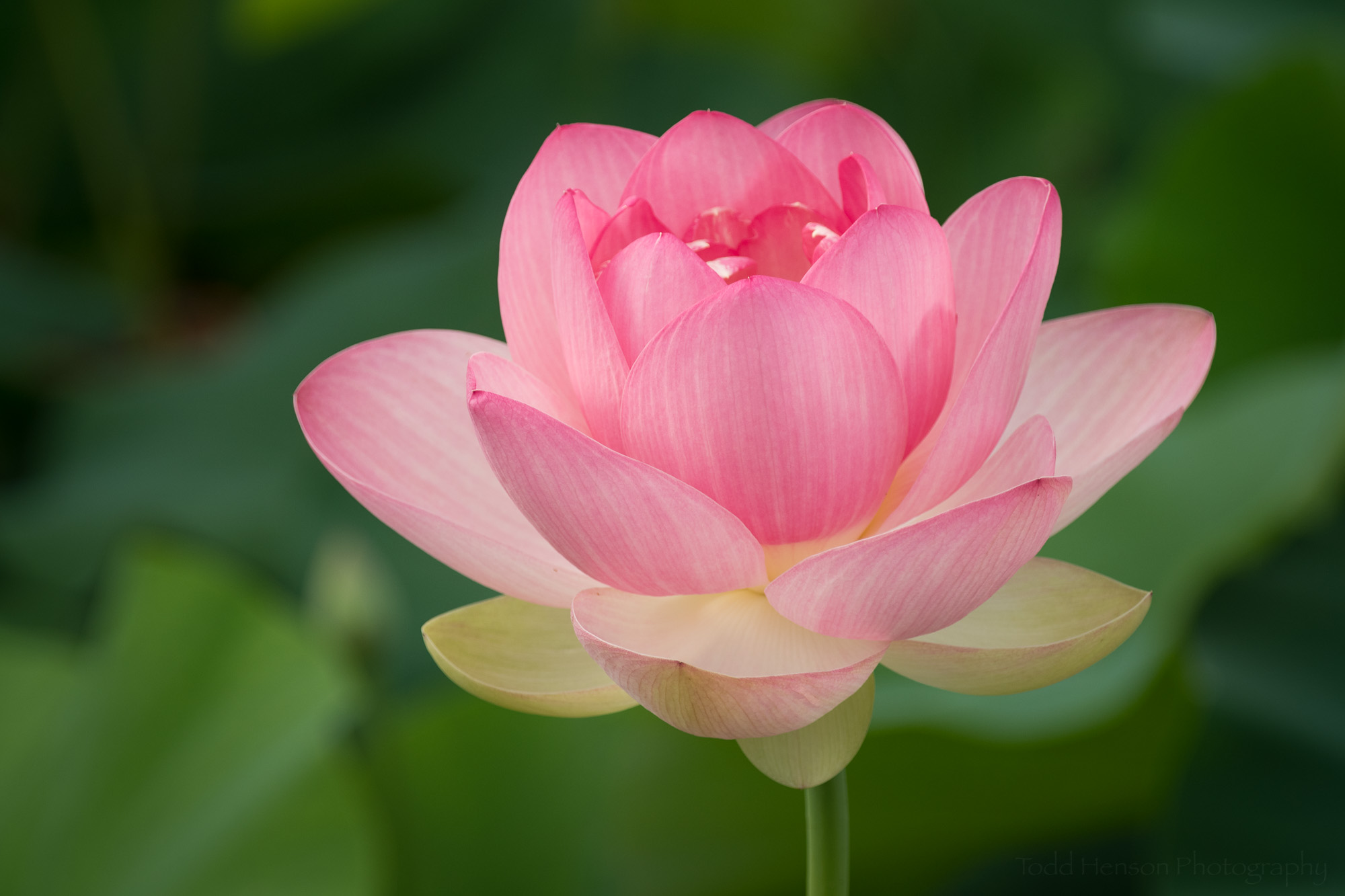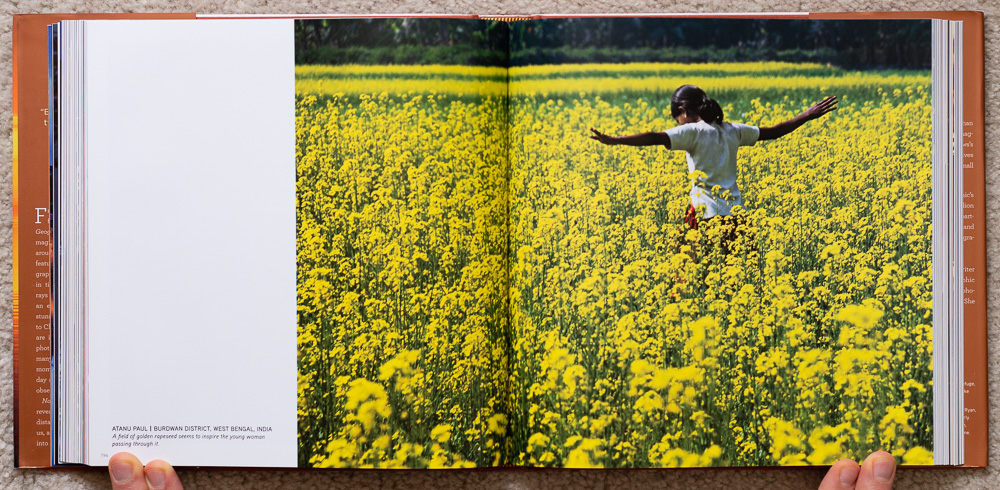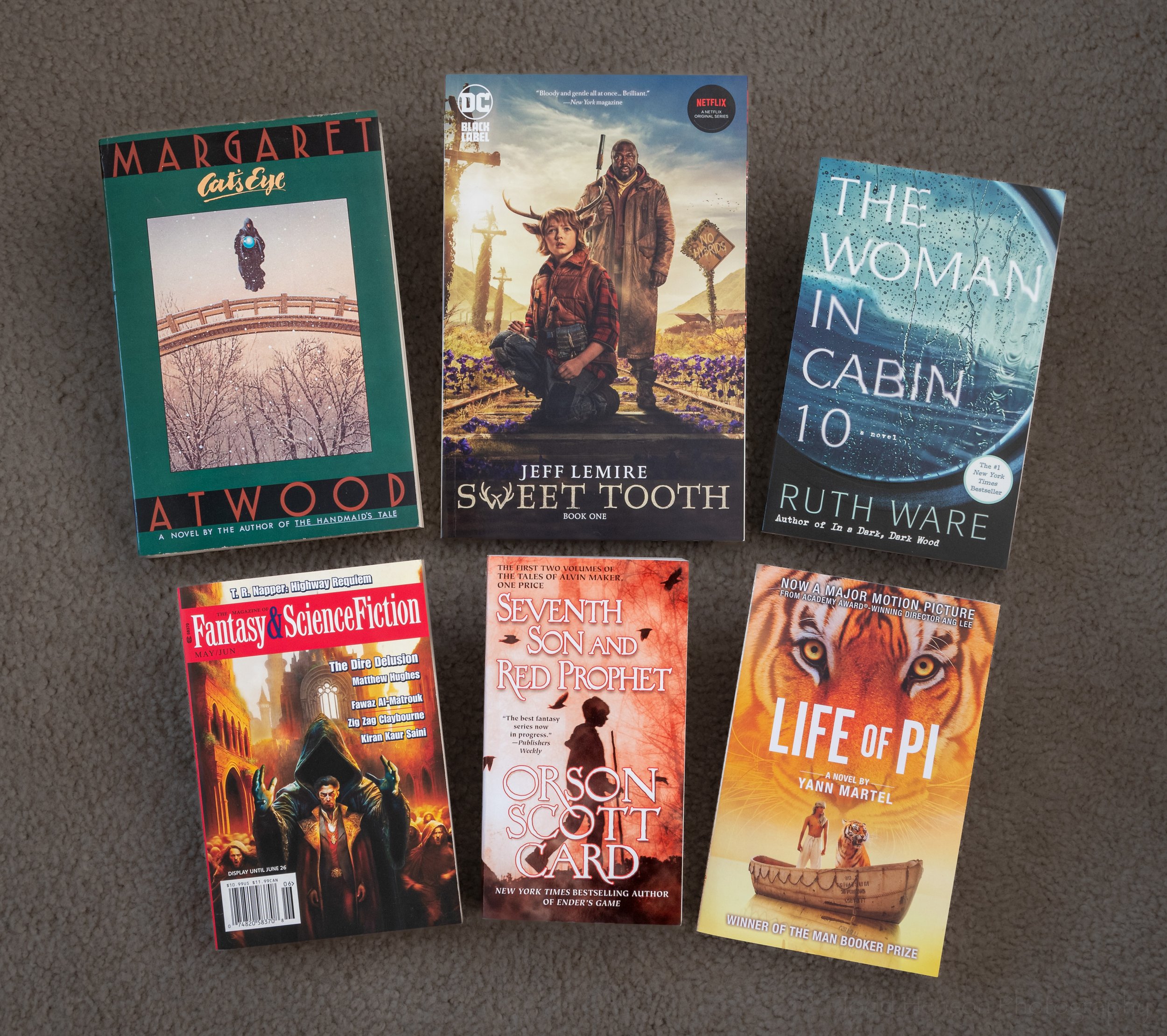On a Golden Pond - A male Long-tailed Duck in Northern Virginia on April 6, 2019.
“What type of duck is that?” I thought as we watched this beautiful duck repeatedly diving below the surface of Lake Gardiner at Meadowlark Botanical Gardens in Vienna, Virginia. I had never seen anything like it in the area. It had very distinctive coloration around its head, and it had a very long tail.
I didn’t have my long lens with me, but I did the best I could to capture photographs that would be good enough to identify the duck from field guides. On the way home I was able to identify it. We had seen a Long-tailed Duck, which is a sea duck, on a small lake in Northern Virginia. This was very unusual. I’d have to come back on the weekend with my longer lens and see if it was still there.
Thankfully, when I returned on Saturday the Long-tailed Duck was still at the park, and still diving in the same small lake. I spent almost the entire day circling the lake, watching and photographing this lone duck. Others had heard of it, drawing a small crowd at various times around the lake. But the people never seemed to bother the duck. It swam around the lake in circles, sometimes getting fairly close to the shore, always diving to the bottom, sometimes coming up with green plants hanging from its bill.
This particular photograph was created later in the afternoon, when the sun provided a nice glow to the duck, and reflections of a blooming tree on the opposite shore turned the water a beautiful golden color. I’d been watching this stretch of water, waiting and hoping the duck would swim through. Not only did it swim through the golden water, but it turned its gaze towards me, allowing me to capture this wonderful moment of a rare Long-tailed Duck spending a little time in a small lake outside its normal range, making at least one local birder and photographer very happy.
If you like this photograph you can purchase it at my online store. On a Golden Pond is available as wall art and on a variety of products.
Do you enjoy these posts?
Sign up to receive periodic emails with updates and thoughts. Don’t worry, I won’t spam you. And please consider purchasing artwork or products from my online store, and using my affiliate links in the sidebar to the right when shopping online.
I appreciate your support!





